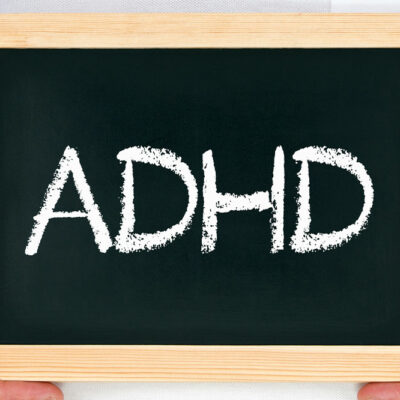
health
10 mistakes to avoid when selecting Medicare coverage
People living in the country aged 65 and above can opt for federal health insurance assistance in the form of Medicare, which covers comprehensive costs for known treatments. Even some younger individuals with disabilities or those diagnosed with end-stage renal disease are eligible for Medicare plans. It is divided into four parts and covers everything from hospitalization expenses to the cost of prescriptions. Here are ten common mistakes to avoid while enrolling for Medicare. Enrollment mistakes Medicare benefits become available as soon as a person turns 65. So, it is always beneficial to apply for Medicare policies in the initial enrollment period, open only for a fixed time. Enrolling late can lead to an increase in premiums that would have been otherwise affordable. Signing up for automatic renewals Never voluntarily opt for automatic renewal, as one can switch up plans and avail benefits under a different policy that can be changed once a year. So, consider the premiums, deductibles, and copayments and see if the new policy is worth it. Taking plans only for the premiums Premiums are just one aspect of the total cost of paying for insurance. One must also compare policy benefits, even if it means paying slightly higher premiums.




















